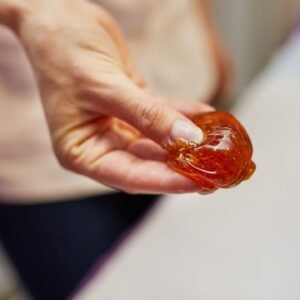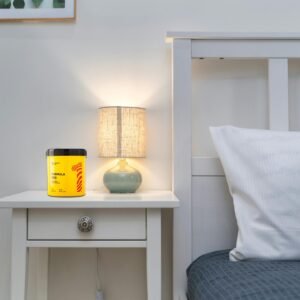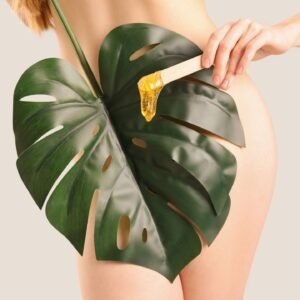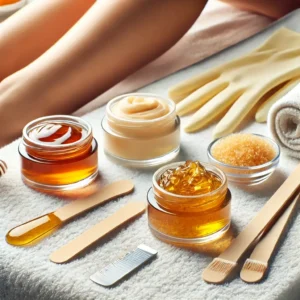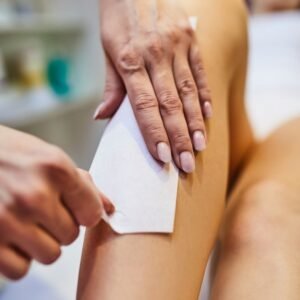Sugaring vs. Waxing: Which Body Hair Removal Method is Better for You?
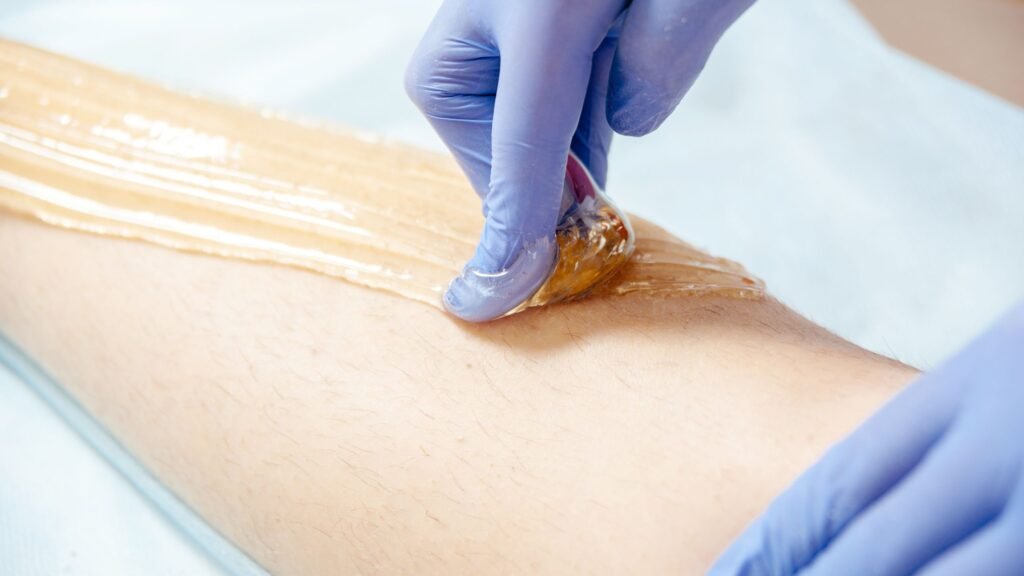
Choosing the best hair removal method depends on multiple factors, including skin sensitivity, hair type, and long-term effects. If you’re wondering which is better: sugaring or waxing for body hair removal, understanding their differences can help you decide. Sugaring and waxing vary in composition, application, and impact on the skin, and this article provides a specialized comparison to help you determine the most suitable option for your needs.
Table of Contents
- Understanding the Ingredients and Application
- Skin Sensitivity and Irritation
- Ingrown Hair and Breakage Prevention
- Pain and Comfort Levels
- Which is Better: Sugaring or Waxing for Body Hair Removal?
- Final Verdict
- Frequently Asked Questions
- Which method is less painful: sugaring or waxing?
- Does sugaring or waxing reduce ingrown hairs more effectively?
- Which method is better for sensitive skin?
- How long do the results of sugaring and waxing last?
- Is sugaring or waxing better for removing coarse hair?
Understanding the Ingredients and Application
Sugaring is made from a simple mixture of sugar, water, and lemon juice. This natural formulation is free from artificial additives, making it ideal for individuals with sensitive skin. The paste is applied against hair growth and removed in the natural direction, reducing strain on the follicle.
Waxing, however, relies on resin-based formulas that may include synthetic ingredients such as preservatives, fragrances, and dyes. It is applied in the direction of hair growth and pulled off against the grain, which can increase the likelihood of irritation and discomfort.
Skin Sensitivity and Irritation
For individuals with delicate or reactive skin, sugaring is often the preferred method. Since it adheres only to hair and not live skin cells, it causes less trauma to the skin. Additionally, its natural ingredients minimize the risk of allergic reactions.
Waxing, on the other hand, adheres strongly to both hair and skin, which can lead to increased redness, inflammation, and irritation, particularly for those with sensitive skin conditions such as eczema or rosacea.
Ingrown Hair and Breakage Prevention
One of the biggest concerns in hair removal is the risk of ingrown hairs. Sugaring significantly reduces this issue because it removes hair in the direction of growth, preventing breakage at the root. This technique ensures that hair grows back smoothly without getting trapped under the skin.
Waxing, in contrast, removes hair in the opposite direction of growth, increasing the likelihood of hair breakage. When hairs snap instead of being fully removed, they can curl back into the skin and cause painful ingrown hairs.
Pain and Comfort Levels
Although pain perception varies, many people find sugaring to be less painful than waxing. Because sugaring does not pull on live skin cells, the sensation is generally more tolerable. In contrast, waxing’s strong adherence to both hair and skin can make the removal process more intense, particularly in sensitive areas like the bikini line and underarms.
Which is Better: Sugaring or Waxing for Body Hair Removal?
For those who value a natural approach and have sensitive skin, sugaring is often the better option. Its gentle removal method minimizes irritation and lowers the risk of ingrown hairs, making it ideal for individuals with easily irritated skin.
However, waxing remains a popular choice for those looking for quick hair removal, especially in larger areas such as the legs. If skin sensitivity is not a concern, waxing can still be a viable option.
Final Verdict
Ultimately, the choice depends on individual preferences, pain tolerance, and skin sensitivity. While waxing is a well-known and effective option, sugaring offers a gentler alternative with added benefits for those with reactive skin.
Still wondering which is better: sugaring or waxing for body hair removal? Assess your skin type and personal needs before making a decision. For those looking to reduce irritation while achieving smooth skin, sugaring is often the superior choice.
If you are still unsure which is better: sugaring or waxing for body hair removal, consider trying both methods to see which works best for your skin and comfort level. The right choice ultimately depends on personal experience and long-term hair removal goals.
Frequently Asked Questions
Which method is less painful: sugaring or waxing?
Sugaring hurts less because it doesn’t pull on live skin cells. It removes hair in the natural direction of growth, reducing discomfort. Waxing pulls both hair and skin, making it more painful, especially on sensitive areas.
Does sugaring or waxing reduce ingrown hairs more effectively?
Sugaring helps prevent ingrown hairs by removing hair in its natural direction. It also gently exfoliates, keeping follicles clear. Waxing can break hairs, causing them to curl under the skin and lead to ingrowns.
Which method is better for sensitive skin?
Sugaring is better because it uses only natural ingredients and sticks to hair, not skin. It causes less irritation and works well for those with eczema or rosacea. Waxing adheres to skin, increasing redness, inflammation, and discomfort.
How long do the results of sugaring and waxing last?
Both methods keep skin smooth for about 3–4 weeks. Sugaring may lead to finer regrowth over time since it removes hair more gently. Waxing can cause faster regrowth due to hair breakage.
Is sugaring or waxing better for removing coarse hair?
Waxing grips coarse hair well and removes it quickly. Sugaring also works but requires consistent treatments to thin hair over time. Both methods are effective, but sugaring is gentler on the skin.



